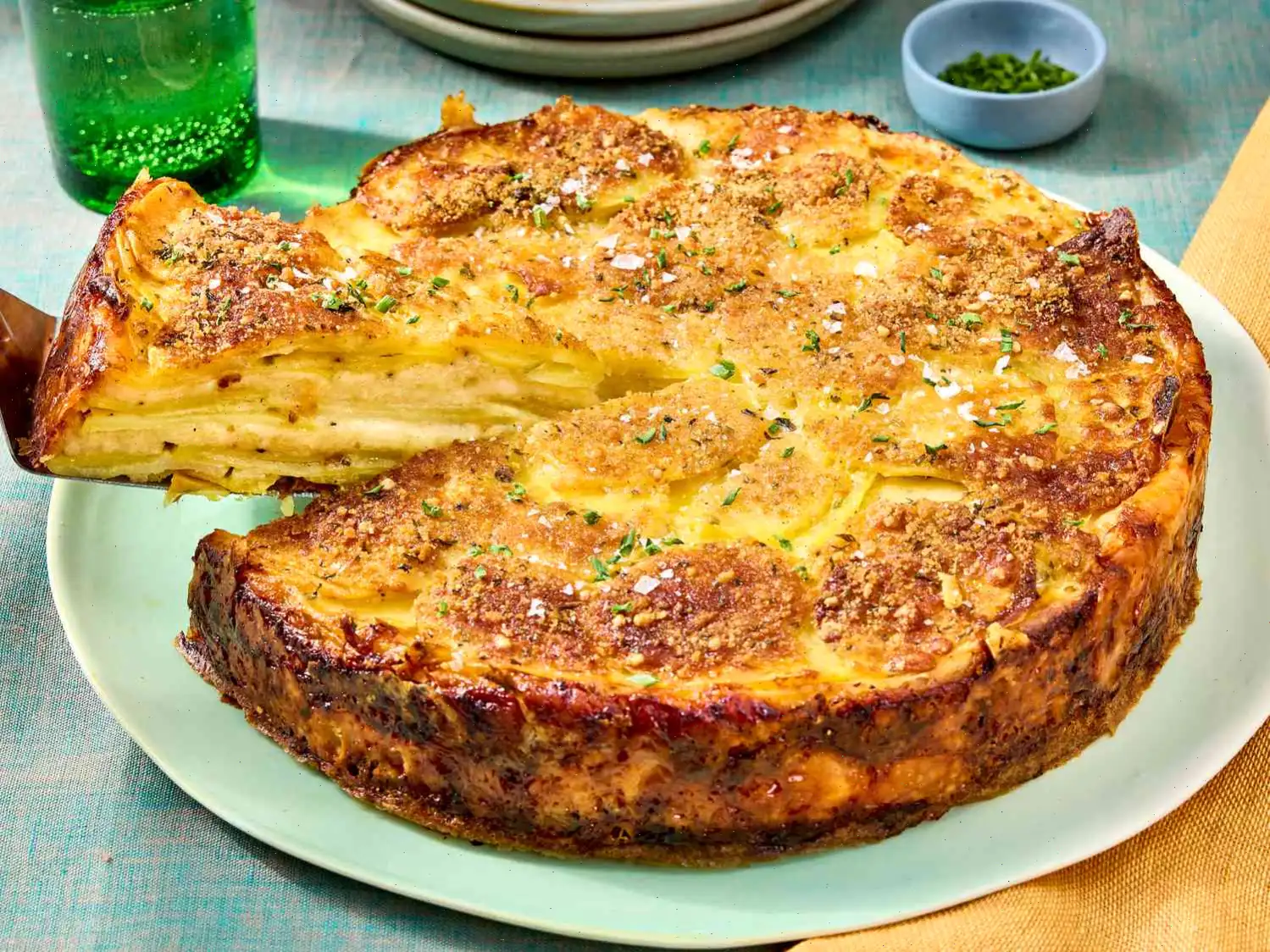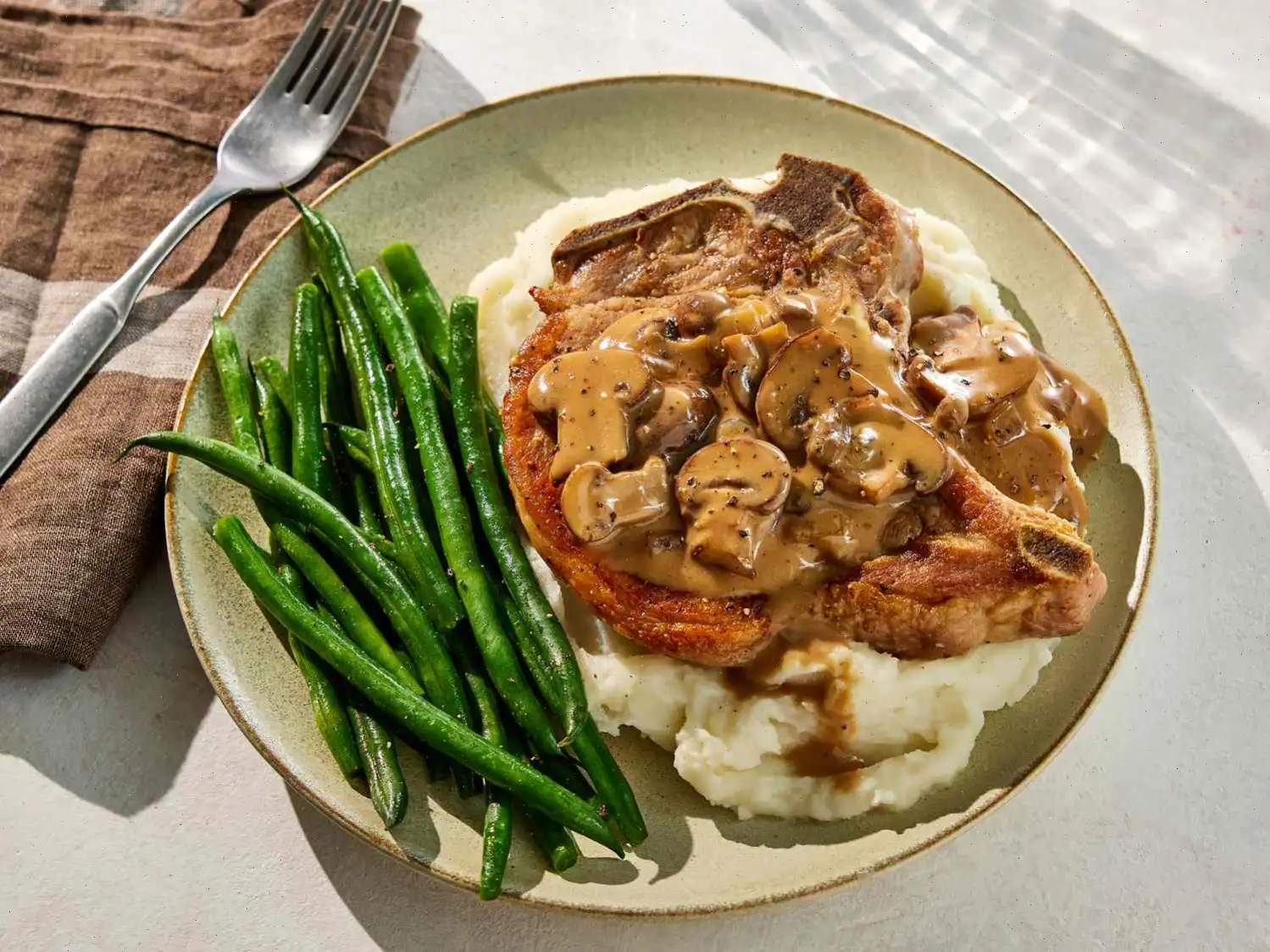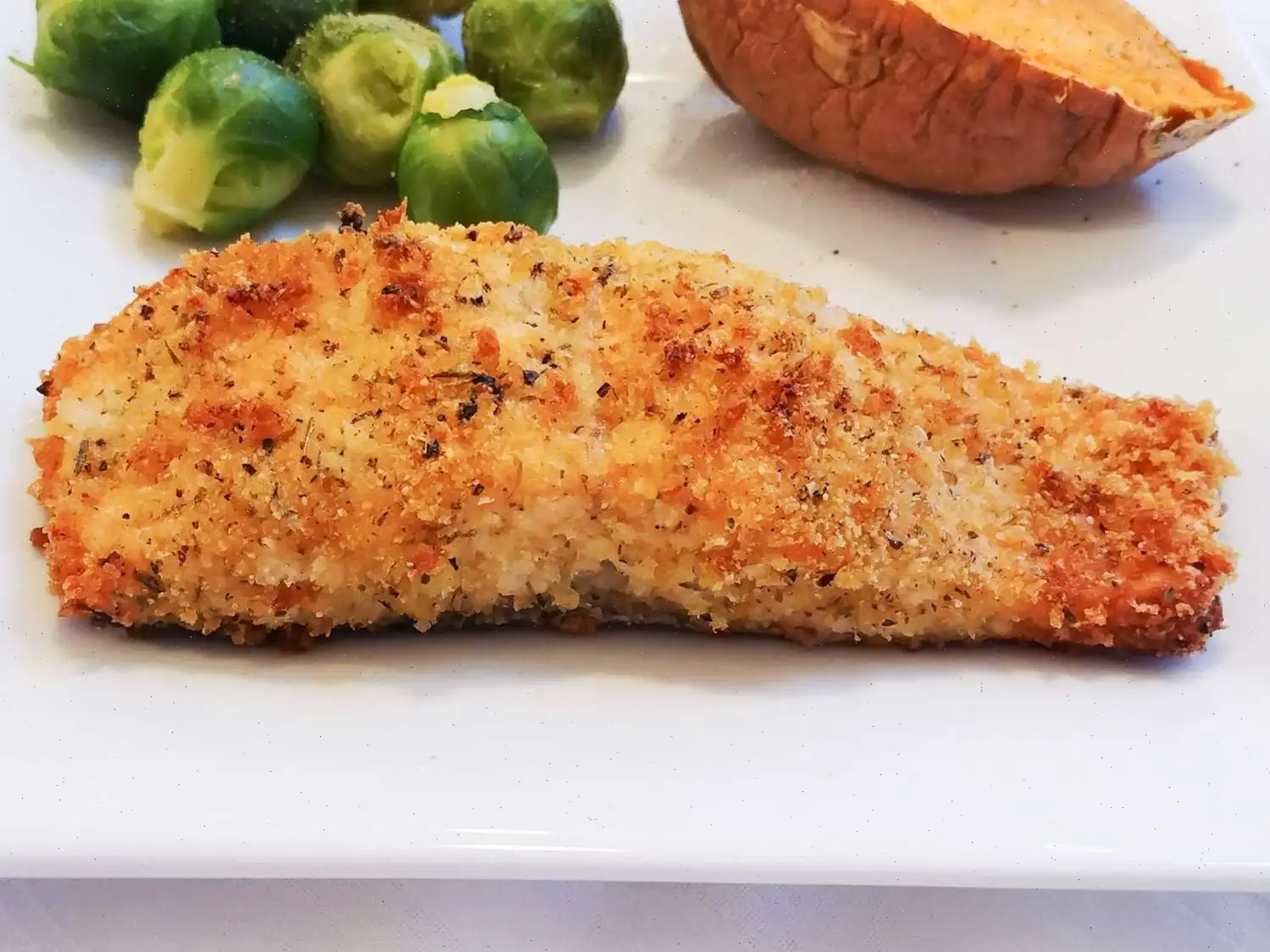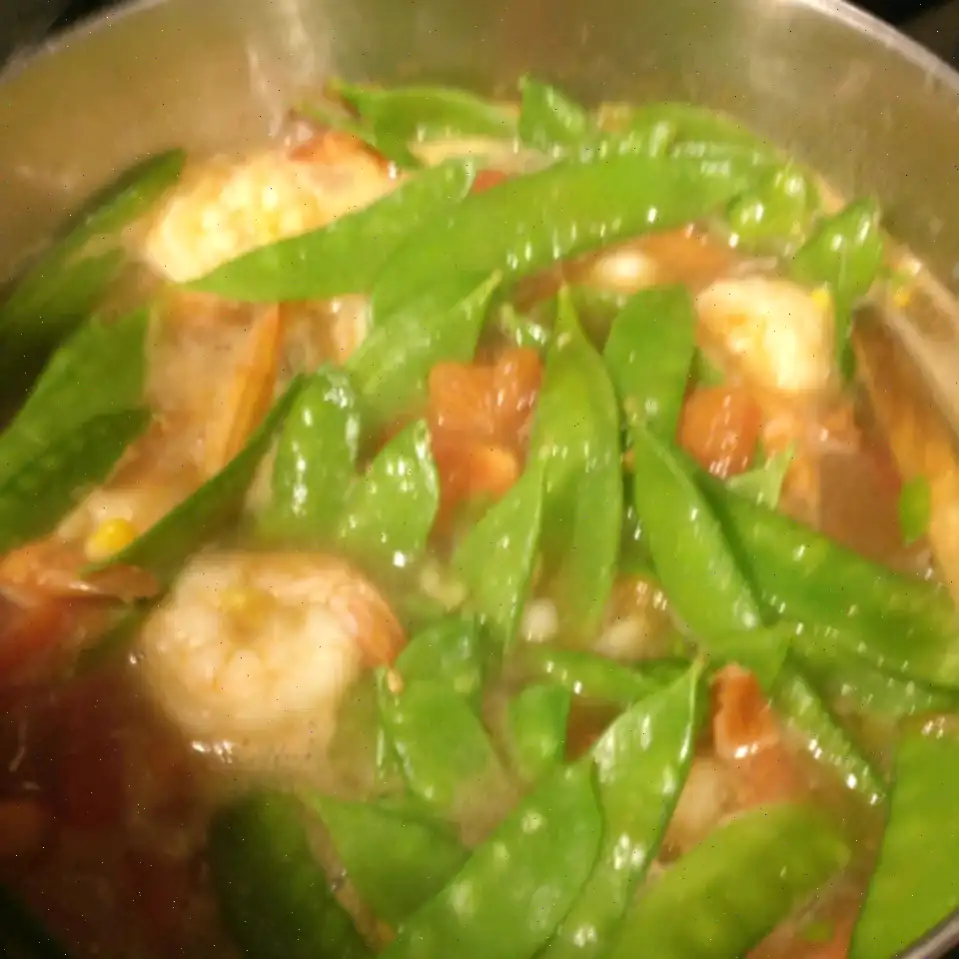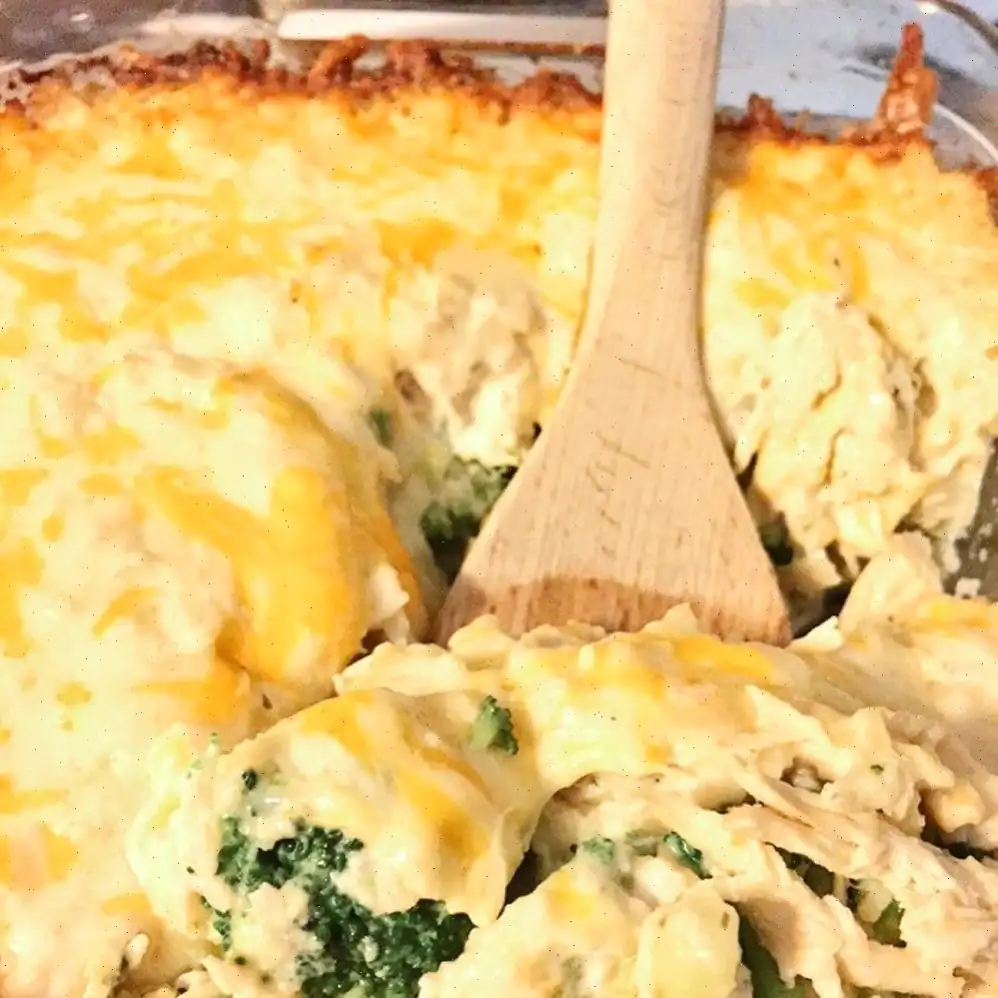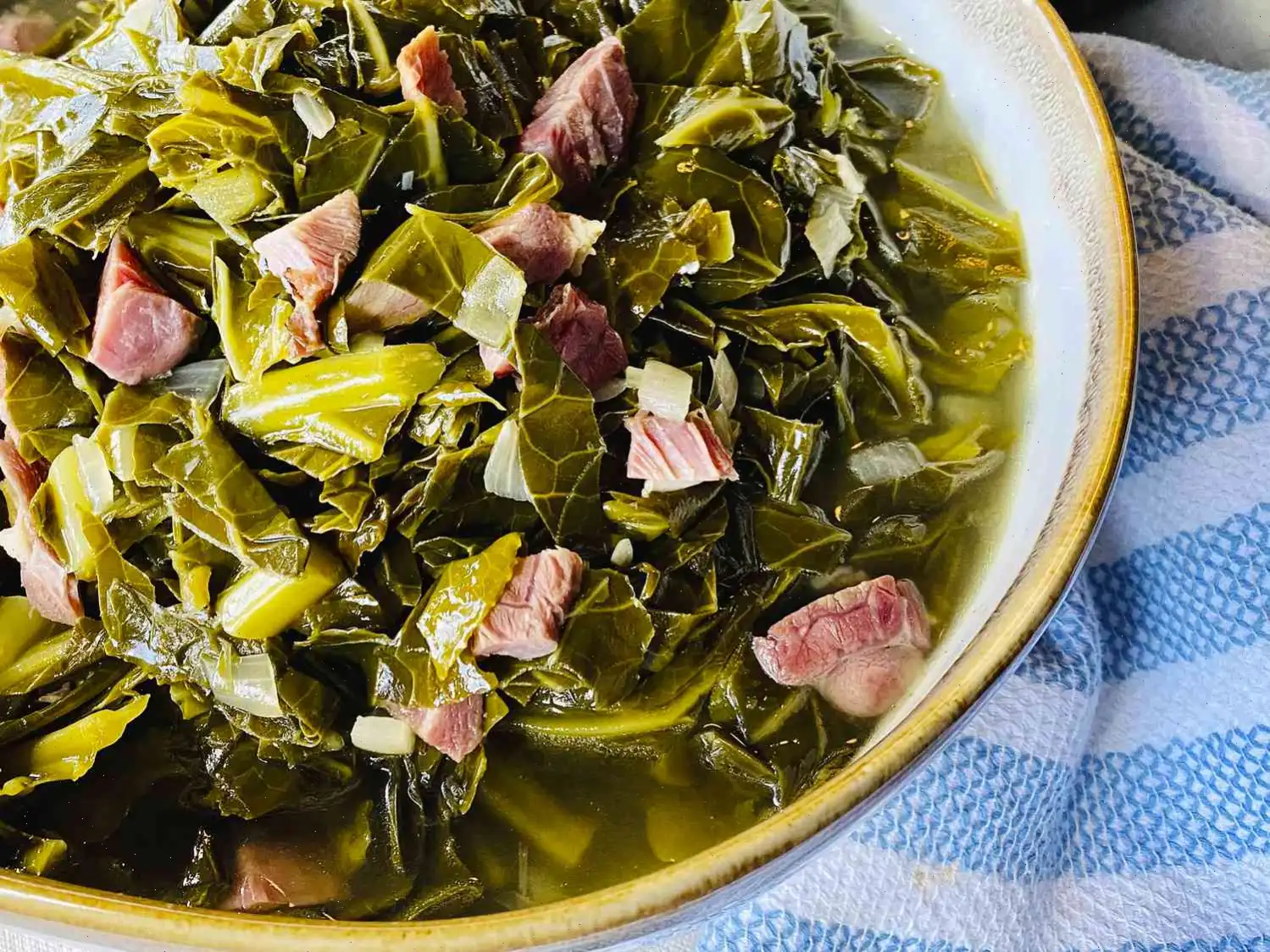
Pork Lo Mein Recipe
Ingredients
- 1 (8 ounce) package linguine
- cup low-sodium soy sauce
- 2 tablespoons rice vinegar
- 2 teaspoons cornstarch
- 1 teaspoon white sugar
- teaspoon sesame oil
- 2 tablespoons canola oil
- 2 cups snap peas
- 1 small sweet onion, chopped
- 1 (12 ounce) pork tenderloin, cut into thin strips
- 1 (8 ounce) package sliced white mushrooms
- 1 medium red bell pepper, chopped
- 3 cloves garlic, chopped, divided
- teaspoon chopped fresh ginger, or to taste
- 3 green onions, sliced
Directions
- Bring a large pot of lightly salted water to a boil. Cook the linguine at a boil until tender yet firm to the bite, about 8 to 9 minutes. Drain and set aside.
- In a small bowl, whisk together soy sauce, rice vinegar, cornstarch, sugar, and sesame oil to create the sauce mixture.
- Heat canola oil in a large skillet over medium-high heat. Add snap peas and chopped onion, and cook for about 2 minutes, stirring occasionally, until the onion becomes translucent.
- Add the pork tenderloin, mushrooms, red bell pepper, one-third of the chopped garlic, and ginger to the skillet. Cook for approximately 2 minutes, or until the pork is no longer pink.
- Stir in the remaining chopped garlic and cook for another 1 minute, until fragrant.
- Pour the prepared soy sauce mixture into the skillet and cook, stirring constantly, until the sauce thickens, about 1 minute.
- Remove the skillet from the heat. Stir the cooked linguine into the skillet, ensuring the pasta is evenly coated with the sauce and ingredients.
- Top with sliced green onions before serving. Enjoy your flavorful dish!
Nutrition Facts (per serving)
| Nutrition | Amount | % Daily Value |
|---|---|---|
| Calories | 415 | - |
| Total Fat | 11g | 14% |
| Saturated Fat | 2g | 8% |
| Cholesterol | 37mg | 12% |
| Sodium | 794mg | 35% |
| Total Carbohydrate | 55g | 20% |
| Dietary Fiber | 5g | 19% |
| Total Sugars | 7g | - |
| Protein | 26g | 51% |
| Vitamin C | 73mg | 81% |
| Calcium | 60mg | 5% |
| Iron | 4mg | 24% |
| Potassium | 762mg | 16% |
* Percent Daily Values are based on a 2,000 calorie diet. Your daily values may be higher or lower depending on your calorie needs.

Origin: Lo Mein, a traditional Chinese dish, has a long and rich history. The term "Lo Mein" literally translates to "stirred noodles" in Cantonese, where "lo" means stirred and "mein" means noodles. It is believed to have originated in northern China, where wheat-based noodles have been a staple of the diet for centuries. Over time, Lo Mein became a popular dish across the country, and it eventually spread globally as part of the Chinese diaspora.
Regional Characteristics
Lo Mein is primarily associated with the Cantonese cuisine of southern China, specifically in cities like Guangzhou and Hong Kong. The Cantonese style often emphasizes fresh ingredients and delicate flavors. While the basic concept of Lo Mein is universal, regional variations exist. In some areas, the dish may include different types of noodles, such as thicker wheat noodles or even egg noodles, and may be served with varying combinations of meats, vegetables, and sauces. The pork Lo Mein, featured here, is often made with tender pork tenderloin paired with vegetables like snap peas, onions, and bell peppers.
Differences from Similar Dishes
While Lo Mein is similar to other stir-fried noodle dishes like Chow Mein, the key difference lies in the preparation of the noodles. Lo Mein noodles are typically softer, boiled, and then tossed with a savory sauce and stir-fried vegetables, while Chow Mein noodles are usually fried until crispy. Additionally, Lo Mein often incorporates more vegetables, and the sauce tends to be slightly thicker, creating a richer texture. The use of pork in this version adds a savory depth of flavor, making it distinct from other variations that may feature beef, chicken, or shrimp.
Where It Is Typically Served
Pork Lo Mein is a staple in Chinese-American restaurants and is commonly found on the menu of Chinese takeout establishments. It is a versatile dish that can be enjoyed as a quick weeknight dinner or served at gatherings as a comforting, crowd-pleasing meal. In China, Lo Mein is often served as part of a larger banquet-style meal, accompanied by other dishes like dumplings, stir-fried vegetables, and rice. This dish has also become a popular choice for home cooks, as it is easy to prepare and customizable with a variety of meats and vegetables.
Interesting Facts
- In traditional Chinese cooking, noodles symbolize longevity, making Lo Mein a popular dish for celebrations like birthdays and Chinese New Year.
- The sauce in Lo Mein is typically made from a balance of soy sauce, sesame oil, rice vinegar, and sometimes hoisin sauce, which creates a deep umami flavor.
- Lo Mein can be made with various types of noodles, but the most common are egg noodles or wheat noodles, which are boiled before being stir-fried.
- While Lo Mein is often enjoyed with pork, the dish is incredibly versatile and can be made with a variety of proteins, including chicken, beef, shrimp, or tofu, making it adaptable to different tastes and dietary preferences.
Whether you're a seasoned cook or a newcomer to Chinese cuisine, this Pork Lo Mein recipe offers a simple and flavorful introduction to the world of stir-fried noodles. With tender pork, crisp vegetables, and a savory sauce, its a dish that's sure to become a favorite in your culinary repertoire.
FAQ about Pork Lo Mein Recipe
Comments
George Hernandez
09/06/2023 10:57:49 AM
Review Reimagined: The sauce was absolutely delicious! Big shoutout to the chef. I decided to double the sauce just in case the pasta absorbed some of it, and I was pleased that I did. I switched up the cooking sequence a bit. First, I stir-fried the pork and some of the onion before setting it aside, then proceeded to stir-fry the veggies. I combined everything in the dutch oven I used to cook the linguine to keep things tidy. Since sugar snap peas were quite pricey at the store, I opted for a mix of 16 oz frozen Asian veggies, along with fresh mushrooms and a red bell pepper. This recipe is a definite winner. I can't wait for more people to discover it! It truly deserves all the likes it can get. Thanks, Kendra! Harry from Escondido, CA
Nancy Rodriguez
09/11/2023 08:35:50 PM
I have prepared this dish countless times. I marinate the pork and vegetables for several hours before cooking and always double the sauce. On scorching hot days, I prepare it in the morning and enjoy it cold for dinner. It's absolutely delicious. I usually only include green onions in mine. I don't think it's too salty or sweet.
Kenneth Smith
02/08/2023 01:22:19 AM
This recipe is foolproof! I used it as a base and incorporated various vegetable scraps and ingredients I had on hand. I added beet greens, blanched edamame soybeans, green onions, zucchini, mini peppers, water chestnuts, garlic, ginger, beef strips, asparagus stalks, rice noodles, wontons, and sliced almonds. Although I omitted snap peas and sweet onions due to availability, the sauce was exceptional and didn't need to be doubled even with all the extra ingredients. I added a touch of red pepper flakes for some heat. Keeping the vegetable slices uniform in size ensures even cooking and a burst of flavors in every bite. My husband, usually limited to seconds, couldn't resist going back for thirds due to the nutritious content of the dish. We even have leftovers for lunch tomorrow! This recipe is a definite keeper, and I will certainly be making it again and again.
Ashley Garcia
11/29/2022 02:30:46 AM
I tried out this recipe with some leftover pork and store-bought noodles. It was incredibly fast and simple to make. My family absolutely loved it.



